FORT LEE, Va. (Aug. 20, 2010) -- The Quartermaster School's Petroleum Supply Specialist Course is approximately 11 weeks long. Soldiers who take the training learn all of the basics - everything from storing volatile material to building pipelines to fueling all types of vehicles.
On Aug. 10, during the seventh week of the course, Soldiers of Uniform Company, 262nd QM Battalion, 23rd QM Brigade, were presented with a block of instruction most eagerly anticipate, said Sgt. 1st Class Anthony Miller, an instructor at the QM School's Petroleum and Water Department.
"Instead of talking about it in a classroom, it's one of those things they actually want to try," he said. "They appreciate it too, because you never know when they have to actually do it."
The block of instruction involves heat - lots of it. First, there is the fire itself, deliberately set in a fire pit located in the PWD training area. Then there is the ambient heat or the outside temperature. August temperatures can range from 90-100 degrees with 100 percent humidity. That made for a steaming hot training session and a hurried one at that.
"We have to conduct the training in the morning, because it is too hot in the afternoon," said Staff Sgt. Clint Philip, the noncommissioned officer in charge of the training, noting that the heat index could reach 100 degrees by noon.
The students, many of them anxious to get behind the hoses, knew the urgency and complied. Even though it seemed a bit hurried, many of them said the training was beneficial.
"My thoughts about this event is that it gives you experience," said Pvt. Anthony Butts, a student in training. "All we needed to do was to follow the instructions and pay attention to what was being said."
More than 75 students received the training.

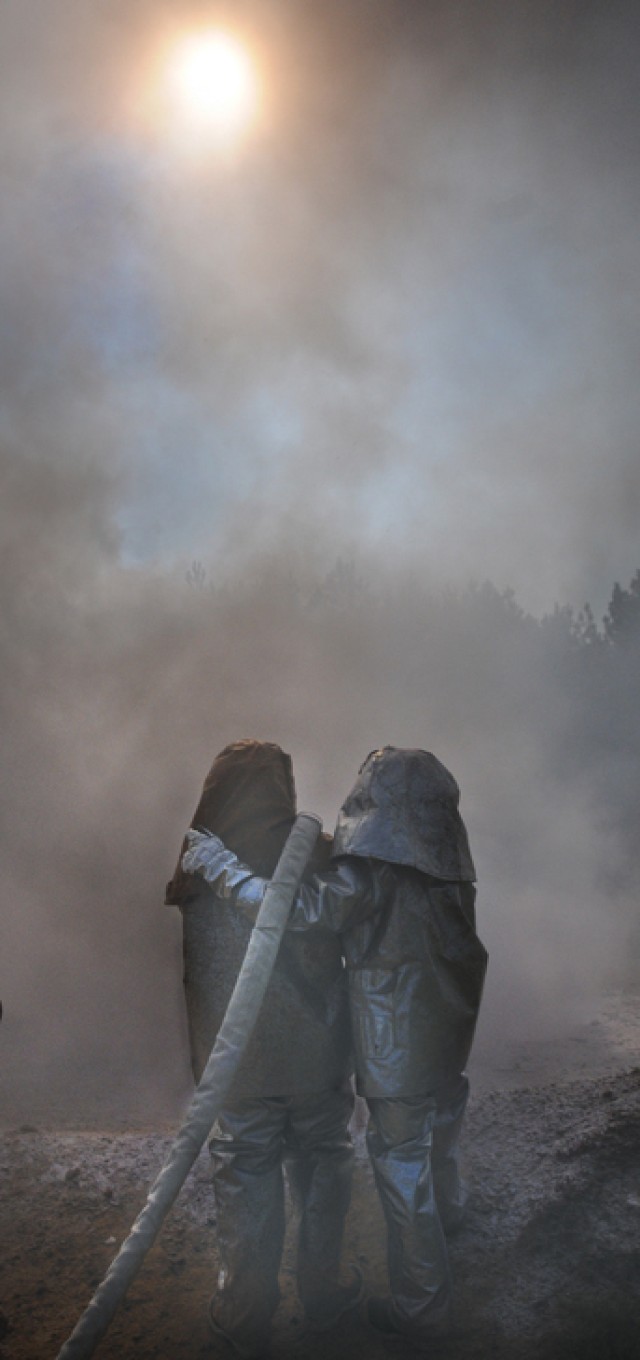
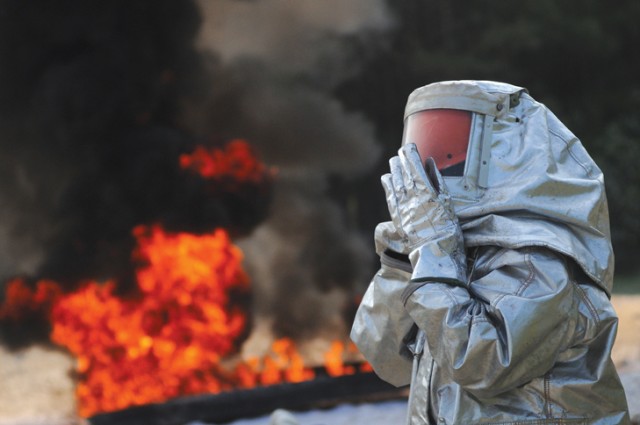
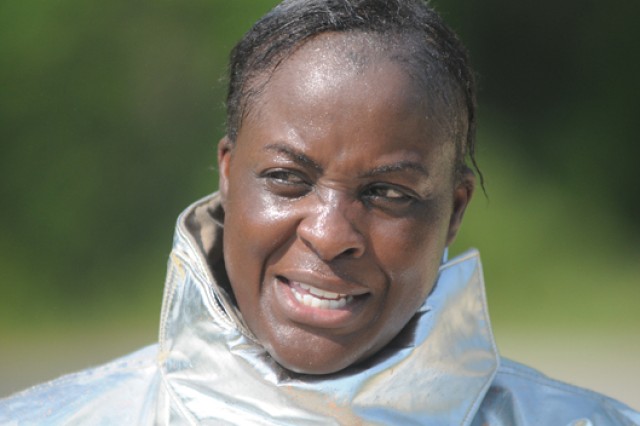
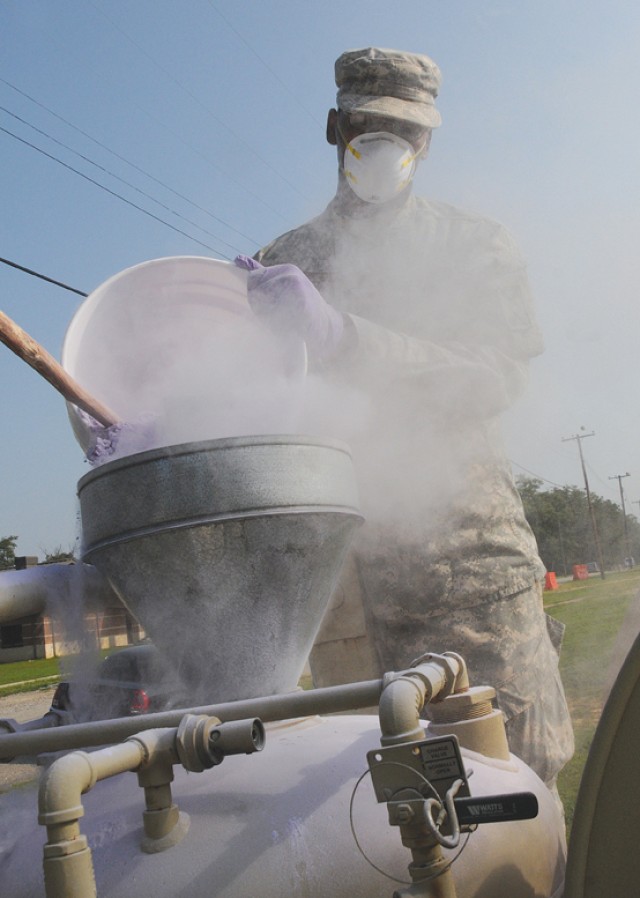
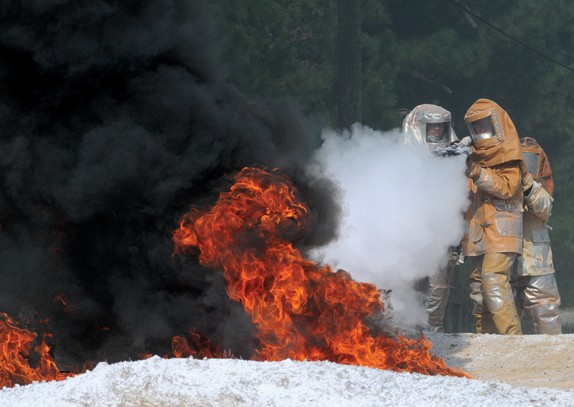


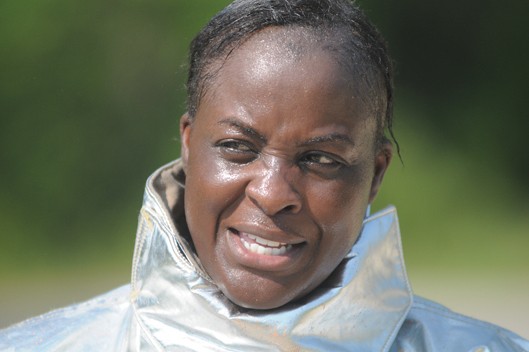

Social Sharing